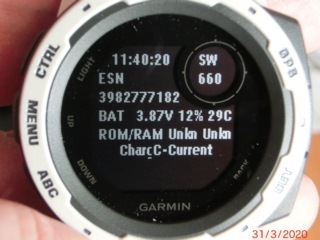Let me know, please what can I do to make battery life as before this update.
Before it was 3 weeks, now it's 24 hours. My Instinct was very good since I bought 6 months ago. I didn't change any settings. Factory reset was done today. It doesn't help.



